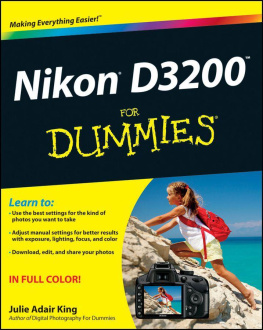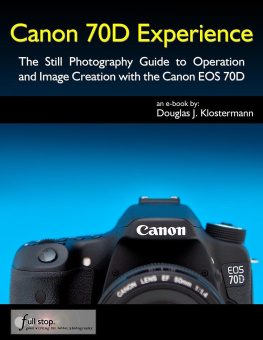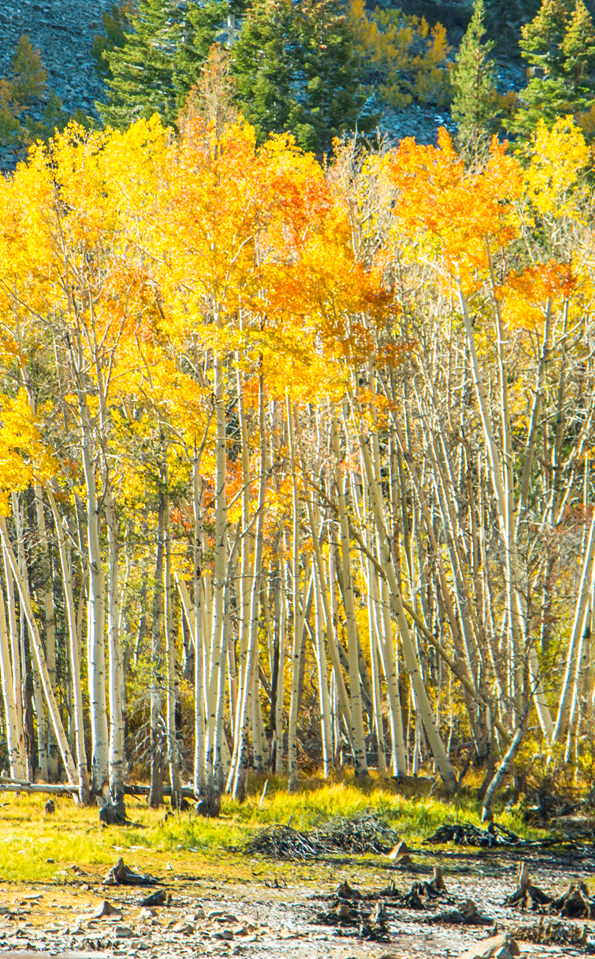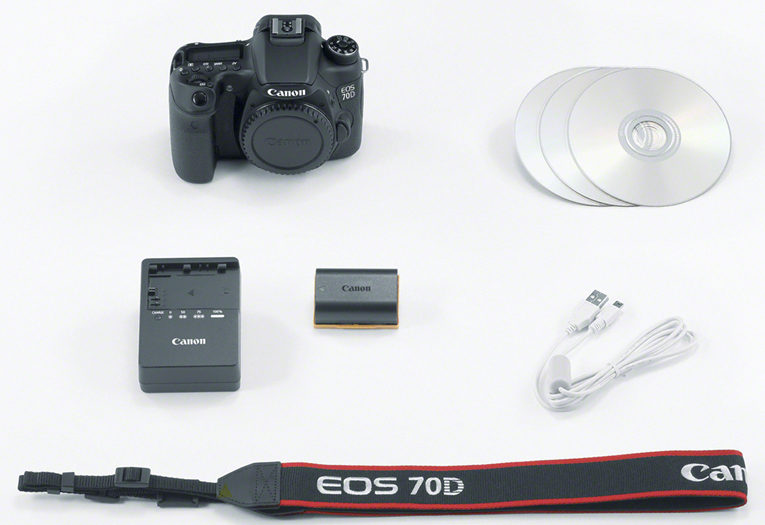James (Jim) Johnson had a 25-year career as a software developer for IBM, and also worked as a contract technical editor for Microsoft. After retiring, technical writing and editing became his primary source of income to cover the cost of his toysmost of which were computer and photographic equipment.
Jims involvement with cameras began in the mid 50s when he needed to record the interior of caves in Kentucky. At the time, the greatest challenge was to provide adequate illumination in a manner that did not defile the cave; thus, he purchased a Leica IIIf camera (which was the norm at that time) and experimented with numerous lighting sources. He was later able to add a nice piece of brass-and-glass that had been manufactured by Canon during the post-war occupation. That 100 mm telephoto lens was every bit as sharp and capable as the Leica lenses. So began an appreciation for Japanese camera equipment. There have been numerous Nikon cameras and lenses over the years, but Jims peers are all ardent Canon enthusiasts, so he now entertains himself by exploring the newer Canon products.
Jim and his wife Heather live on the California coast, with their home overlooking the Morro Bay estuary. The coast, the bays, and the mountains all combine to host a vast array of botanical subjects, which are the focus of Jims current photographic interest.
James Johnson
Project Editor: Maggie Yates
Copyeditor: Maggie Yates
Layout: James Johnson
Cover Design: Helmut Kraus, www.exclam.de
ISBN 978-1-937538-41-5
epub ISBN 978-1-457182-10-5
mobi ISBN 978-1-457182-08-2
1st Edition 2014
2014 by James Johnson
Rocky Nook Inc.
802 East Cota St., 3rd Floor
Santa Barbara, CA 93103
www.rockynook.com
Distributed by OReilly Media
1005 Gravenstein Highway North
Sebastopol, CA 95472
All rights reserved. No part of the material protected by this copyright notice may be reproduced or utilized in any form, electronic or mechanical, including photocopying, recording, or by any information storage and retrieval system, without written permission of the publisher.
Many of the designations in this book used by manufacturers and sellers to distinguish their products are claimed as trademarks of their respective companies. Where those designations appear in this book, and Rocky Nook was aware of a trademark claim, the designations have been printed in caps or initial caps. All product names and services identified throughout this book are used in editorial fashion only and for the benefit of such companies with no intention of infringement of the trademark. They are not intended to convey endorsement or other affiliation with this book.
While reasonable care has been exercised in the preparation of this book, the publisher and author assume no responsibility for errors or omissions, or for damages resulting from the use of the information contained herein or from the use of the discs or programs that may accompany it.
Acknowledgements
A number of people have contributed to the preparation of this book. Very early in the writing, I asked Marlin Harms and Bob Canepa, two published photographers both from the California Central Coast area, to contribute most of the chapter-opening photos. As always, the staff of Rocky Nook (Gerhard Rossbach, Joan Dixon, Maggie Yates, Matthias Rossmanith) are competent, helpful, and available, as are the contractors Rocky Nook hires for their special areas of technical expertise.
As always, my most valuable colleague and collaborator is my best friend; she is also my wife, editor, advisor, and motivator. This book is dedicated to Heather.
Preface
The logic for determining the significance of model numbers for the various Canon DSLR models can appear nonexistent. By inference, weve concluded that the EOS 1D serieswith its various alphabetic suffixes and Mark qualifiersis the top-of-the-line professional DSLR body. Other single-digit D-series DSLR bodies are generally considered prosumer DSLR bodies, suitable for both advanced amateur photographers and professional photographers. The two-digit D-series DSLR bodies use only APS-C size image sensors, so tend to be less expensive, and the bodies are typically polymer-based rather than metal, so they lack the extremely tight dust and moisture proofing found on the single-digit bodies.
As of early 2014, the Canon EOS 70D is the only camera that provides dual pixel autofocusing technology. Beyond this significant enhancement, the EOS 70D comes with a robust set of menus with which you can fine-tune the cameras default settings, customize numerous operational parameters, perform several in-camera editing steps, or initiate specific utilities. A number of incremental improvements make the EOS 70D a more capable tool than its predecessors.
The sheer number of features, menus, and other controls available in the EOS 70D tend to overwhelm the minds ability to comprehend, recall, and correctly apply the appropriate set of variables for achieving the best possible photos. I encourage you to rely on this book, the Instruction Manual, and the cameras built-in Help facilities for assistance on those what-and-how concerns, allowing your mind to remain alert for photographic opportunities, composition, and exposure.
The Canon EOS 70D is a sophisticated DSLR, more capable (and complex) than the Rebel series of Canon cameras, the earlier two-digit D-series of Canon cameras, and in many regards even the EOS 6D and EOS 7D Canon cameras. However, it is certainly not in the same league as the 5D Mark III or the professional 1D cameras. Ive written this book for photographers who are upgrading to the EOS 70D, with the intent to have them understand how to implement and manage the features of this camera.
Though subjects such as shooting movies and shooting stills with the Scene Intelligent Auto mode are mentioned, the audience for this book is expected to be still-photo shooters with a skill set ranging from amateurs with prior DSLR experience to full-time professionals. This book is written for photographers who are comfortable with basic photography, but who need an understanding of the myriad features, functions, options, and settings available with the EOS 70D camera.
The references to Canon models coincide with the model-designations of the models sold in the United States. If you have a model intended for a non-US market, it will likely have a different model designation.
Checking Out the New Package
As of September 2013, the Canon EOS 70D camera became available on the American market in three different packages.
The Body-Only Package
Figure 1-1. The contents of the Canon 8469B002 package
The first package, designated by Canons item code 8469B002, provides the EOS 70D body without a lens, plus:
Eyecup Eb. This is the standard rubber eyecup designed to fit around the viewfinders viewing window. Removal (required only if you wish to install one of the dioptric adjustment lenses or to use the eyepiece cover) involves simply pressing the left and right sides of the eyecup, then lifting it straight up. (Though included as a separate piece in the body-only package, the eyecup Eb is not shown in .)







